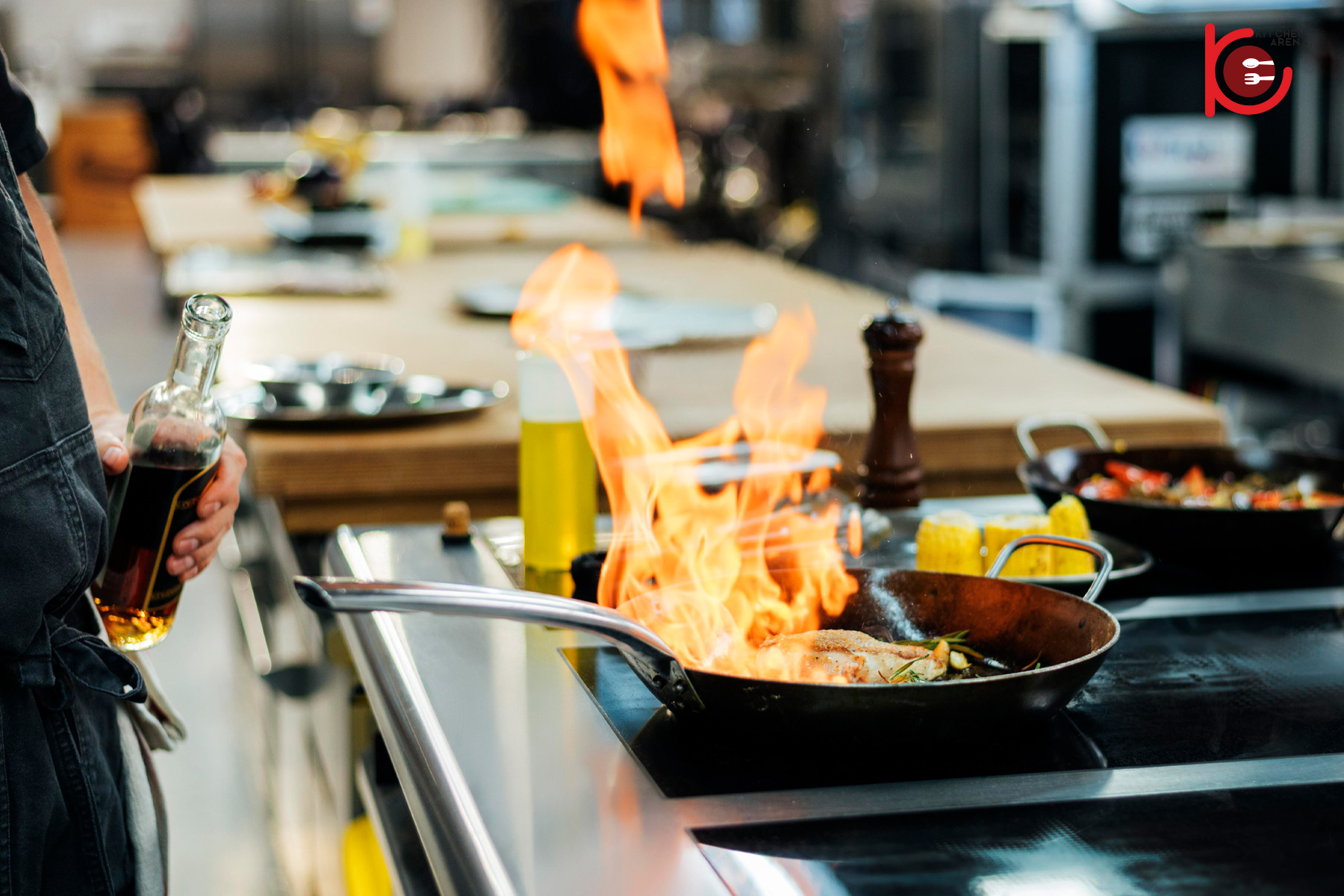One of the first users of induction cooktops feedback, “a return to another mode of cooking is not possible. “It build-wise, it’s hard to fault. In total, it offers some very solid quality for its price. With greater availability came cost savings. And with a growing focus on sustainability, plus its appeal among professional chefs, among other popular trends, induction was ripe for a reintroduction.
Induction advantages
You don’t want your kitchen heating up from your cooking activities. Thanks to induction cooktops, anyone now can create great meals in an instant… all without shedding a drop of sweat while cooking. This is because an induction cooktop doesn’t produce thermal heat. Instead, it produces electromagnets energy. The electromagnetic energy passes into an induction-compatible pan with an iron base that placed onto the cooktop. That causes only the pots and pans to heat up, cooking the food inside.


1. Efficiency
Commercial kitchens use more energy per square meter than any other commercial space. There’s far less energy loss on an induction cooktop. The cooking surface remains cool to touch since the Induction cooking heats the cookware directly. Up to 90% of the energy consumed with induction cooking technology is transferred directly to the food, compared to 74% with traditional electric methods and 40% with gas range. Hence the induction offers speedier cooking times with faster and higher efficiency energy transfer.
2. Control
Performance is another major reason for pro chefs embracing induction; without it, no amount of efficiency or safety would likely matter. This technology allows for fast, precise and extensive temperature control beyond gas’ or radiant electric’s capabilities. Smart controls offer exact heat regulation, allowing you to easily bring a boil down to a simmer almost instantly with the simple press of a button. And you don’t have to worry about it overheating that you are in complete control.
3. Safety
Fortunately, problems such as gas leakage/explosion/oil fume pollution are caused by gas stoves. It has prompted the catering industry to gradually tend to the induction wok hob, which is environmentally friendly, safe, and free of open flames in the selection of kitchen equipment. It is indisputably safer than gas and electric.
4. Clean
Induction technology heats food with electromagnetic energy. So, quite simply, there are fewer parts that can fail. Spills and splatters are easily cleaned as the cooktop remains cool. The hardened glass cooktops offer high thermal resistance.


Gas cooktop advantages
A gas cooktops burn gas to create a flame ring that heats the cookware. Induction technology certainly has its advantages as above mentioned that gas stove doesn’t have. Anyhow, gas stove may still better suit your lifestyle, budget, and cooking needs.
1. Gas is cheaper than electricity
When you compare gas and electric equipment by how much heat that each can produce per dollar, you would realize that gas is typically cheaper than electricity. Anyhow, induction is more efficient than gas.
2. It Doesn’t Rely on Electricity
A gas cooktop still good to go if you have a power outage. A power outage is no trouble for gas appliances.
3. Flexible
Gas equipment also encourage greater creativity such as charring peppers right in the gas flame, and cooking griddle lines into meat. This flexibility allows for creative cooking. On the contrary, not all types of pots and pans are compatible as for induction cooker. You’ll also need flat bottom pans to make full contact with the induction cooktop for better heating.
4. Repair & Durable
Gas appliances seldom facing breakdown if do service periodically. Meanwhile, Induction cooktops with more complicated structure might broke down and more expensive to repair. You don’t have to worry about scratches or cracks, as gas stovetops are typically made of hardy metal. Meanwhile, some of the Induction cooktops scratch easily

